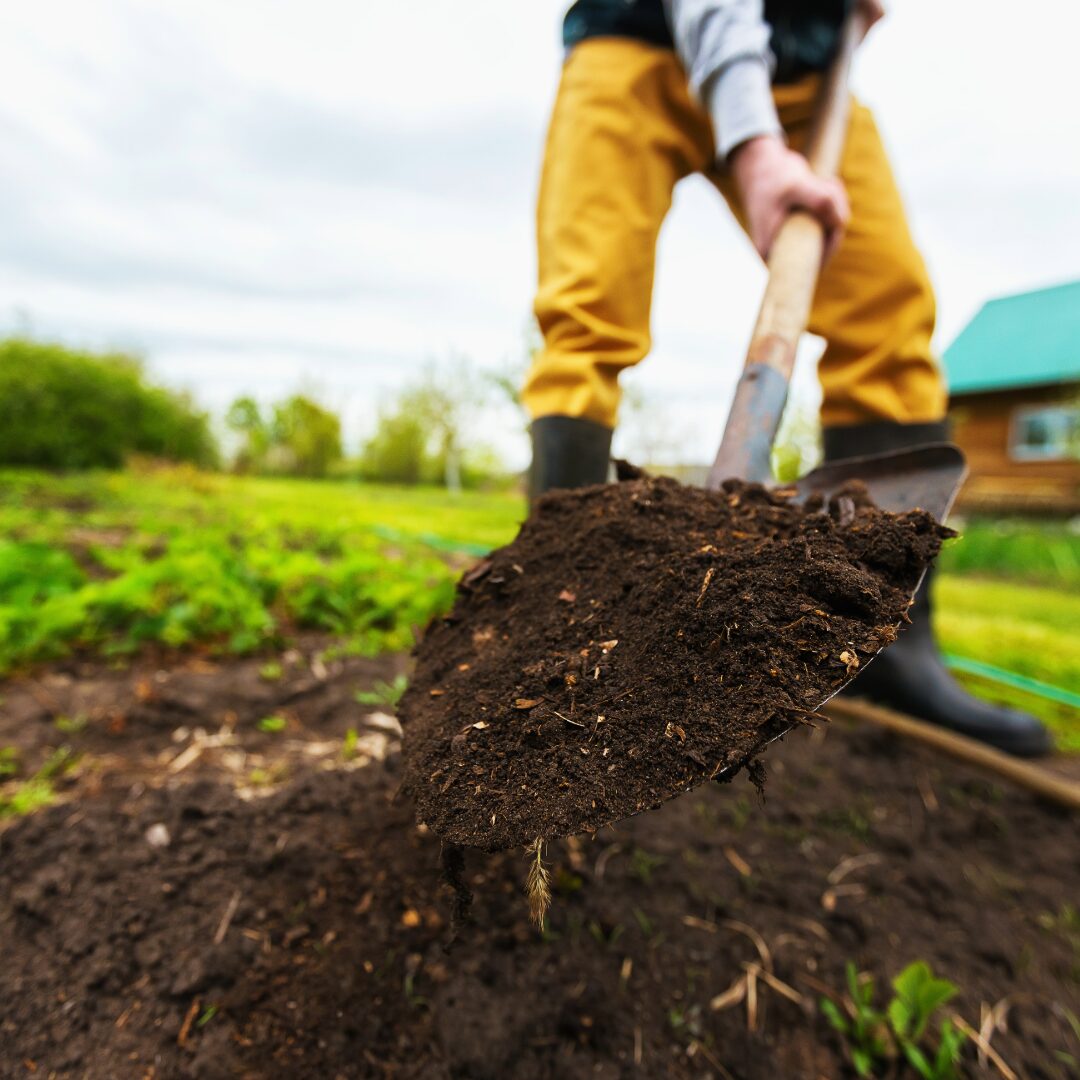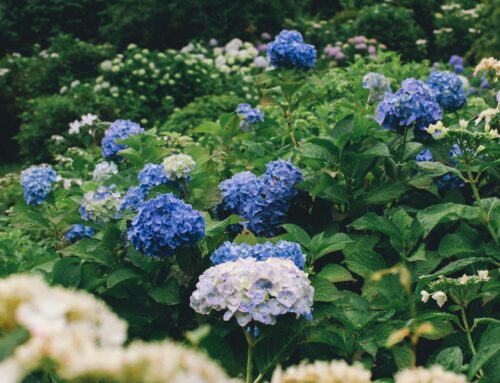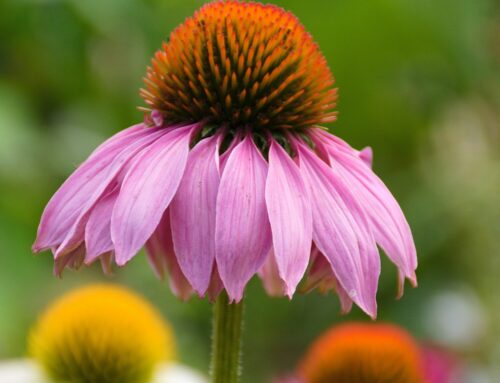Healthy soil is the cornerstone of any successful garden. In the Northeast, where the climate and soil types can vary dramatically, it’s important to understand what your soil needs to support your garden. Here’s a guide on how to assess your soil’s health, and a few gardening tips to improve it.
Understanding Soil Types in the Northeast
The Northeast features a range of soil types, from sandy soils along the coast to clay-rich soils inland. Each soil type has its benefits and challenges:
Sandy Soil: Drains quickly but doesn’t hold nutrients well.
Clay Soil: Holds nutrients and water but has poor drainage and may become compacted.
Loamy Soil: Ideal, as it balances moisture retention with drainage and is rich in nutrients.
Assessing Your Soil
Before you can improve your soil, you need to understand its current condition. This involves checking several key parameters:
Soil Testing
Conduct a soil test to determine pH, nutrient levels, and organic matter content. Soil testing kits are available at garden centers, or you can send a sample to a local extension service.
Soil Structure
Examine the soil’s structure by how easily it crumbles. Good soil should be loose and crumbly, not hard and clumpy.
Soil Life
Healthy soil has a vibrant ecosystem, including worms, beneficial insects, and microorganisms. Their presence is a good indicator of soil health.
Improving Soil Health
1. Add Organic Matter
Compost: Adding compost is one of the best ways to improve any soil type. It enhances nutrient content, improves soil structure, and increases moisture retention.
Mulch: Apply organic mulches around plants. Mulch gradually breaks down, adding organic matter to the soil, and also helps retain moisture and suppress weeds.
3. Adjust pH
Most garden plants prefer a pH between 6.0 and 7.0. If your soil test shows a pH outside this range, use lime to raise the pH or sulfur to lower it.
3. Use Cover Cropping
Grow cover crops such as clover or winter rye in the off-season. These plants add organic matter, prevent soil erosion, and can improve soil structure.
4. Aerate Regularly
Particularly for clay soils, aerate your garden every so often to improve oxygen penetration and reduce compaction. Use a garden fork or an aerator to do this easily. These gardening tools puncture holes to loosen soil and allow air in.
5. Rotate Crops
Rotate your crops annually to help prevent soil-borne diseases and balance the different nutrient demands of various plants. Planting the same crop in the same plot or raised bed can wear out the soil. Different plants add and take different things, so it’s important to create a balance.
6. Manage Water
Avoid overwatering, which can lead to soil erosion and nutrient leaching. Use drip irrigation or soaker hoses to deliver water directly to the roots where it’s needed.
Monitoring Soil Health
Regular Testing: Conduct soil tests every 2-3 years to monitor changes and adjust your soil management practices accordingly.
Observation: Keep an eye on plant health and growth patterns. Stunted growth, discoloration, or poor yields often indicate soil problems.
By understanding and improving soil quality, you can create a more vibrant and sustainable garden. Healthy soil not only supports a healthy garden, but also contributes to a healthier ecosystem. Good soil filters water, holds carbon, and provides a habitat for lots of organisms. In the Northeast, where weather conditions can stress plants, having healthy soil is your best defense and your greatest asset in gardening.





